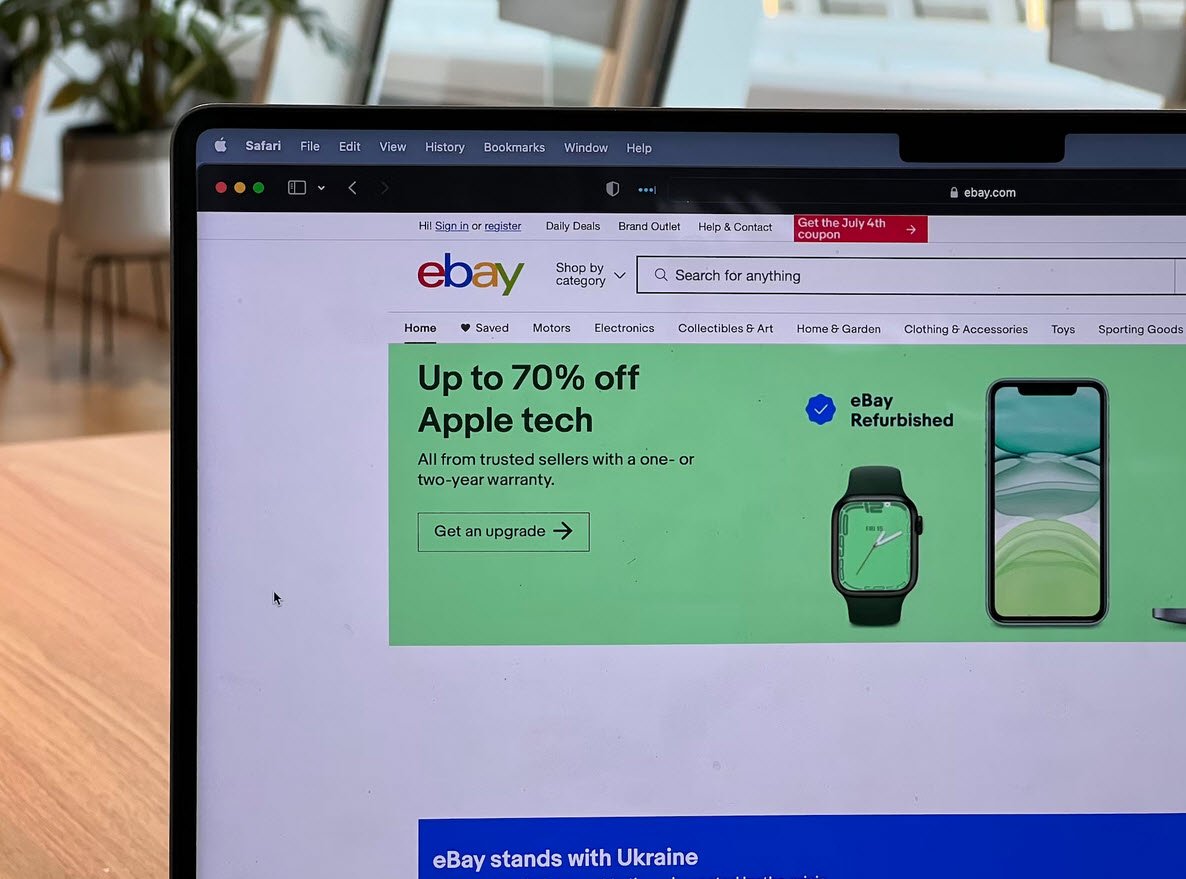
Implementing and scaling a successful ad campaign involves a strategic blend of audience identification, interest determination, compelling ad copy, creative development, and meticulous optimization.
This article provides a comprehensive guide, outlining the key steps from identifying avatars to optimizing and scaling campaigns for maximum impact.
1. Identify Your Avatars
Avatars are profiles of individuals you target with your campaigns.
- Strategy: Identify 3-4 avatars per traffic campaign, considering diverse demographics that might benefit from your offer.
- Action: Populate the top of your ad grid spreadsheet with avatars.
2. Determine the Interests
Interests are derived from the benefits of your offer, influencing the audience’s attention.
- Strategy: Categorize interests based on five questions related to what the audience gains, how it affects their lives, emotional impact, proof validation, and time-saving benefits.
- Action: Input points of interest into the first column of your ad grid.
3. Develop Your Ad Copy
Ad copy is the messaging used in the campaign, tailored to each avatar and interest.
- Strategy: Craft unique messages for each cell in the ad grid, ensuring a personalized approach for each segment.
- Action: Create distinct ad copies for each combination of avatar and interest, focusing on problem-solving and emotional connections.
4. Avatar Research
Research each avatar to gather insights into their preferences and behavior.
- Strategy: Explore big brands, thought leaders, reading materials, events, websites, and unique features associated with each avatar.
- Action: Answer specific questions related to the avatar’s preferences, guiding precise targeting.
5. Develop Ad Creatives
Ad creatives include visuals like images or videos that visually convey the campaign message.
- Strategy: Search for top-ranking images related to points of interest for inspiration, and create visuals aligned with your brand’s look and feel.
- Action: Develop unique creatives for each interest, ensuring alignment with the audience’s expectations.
6. Set Up Your Ads and Gather Results
Setting up ads involves using an ad planner to build each ad based on avatars, ad copy, and creative.
- Strategy: Use the ad planner to target avatars, incorporate ad copy and creative, and define audience sizes.
- Action: Run ads for a week, gather metrics (e.g., cost per click, cost per acquisition), and record results on the ad grid for analysis.
7. Scale-Up
Scaling up involves expanding successful campaigns horizontally or vertically.
- Strategy: Identify winning avatars and points of interest, and either buy traffic on other platforms (horizontal) or develop more ads on the same platform (vertical).
- Action: Refine processes for improved results and scale successful elements to maximize impact.
Optimizing an Ad Campaign
Regularly assess campaign performance, focusing on the offer, ad elements, and metrics. If the offer is strong, refine weak ad elements or retarget the ad to a new audience. If the offer is weak, reassess and modify the campaign accordingly.
Conclusion:
Implementing and scaling an ad campaign requires a meticulous approach, from avatar identification to scaling successful elements. By following these steps, businesses can create targeted, personalized campaigns that resonate with their audience, leading to increased visibility, engagement, and conversions.
Regular optimization ensures sustained success and growth in the dynamic landscape of digital advertising.
You may also like:- Top 4 Digital Marketing Courses to Try in 2024
- What is the Right SSD Space for Your Hosting Package
- 27 Traffic Secrets to Drive Engagement and Growth
- 5 Crucial Reasons Why Niche Research Is Vital for Online Success
- Setting SMART Digital Marketing Objectives for Business Success
- Traditional Marketing vs. Digital Marketing
- Digital Marketing Funnel – A Roadmap to Customer Conversion
- Double Your eBay Sales In 30 Days
- Turn Your Marketing Pieces into Marketing Masterpieces with These Five Design
- Unlocking Success in Affiliate Internet Marketing








